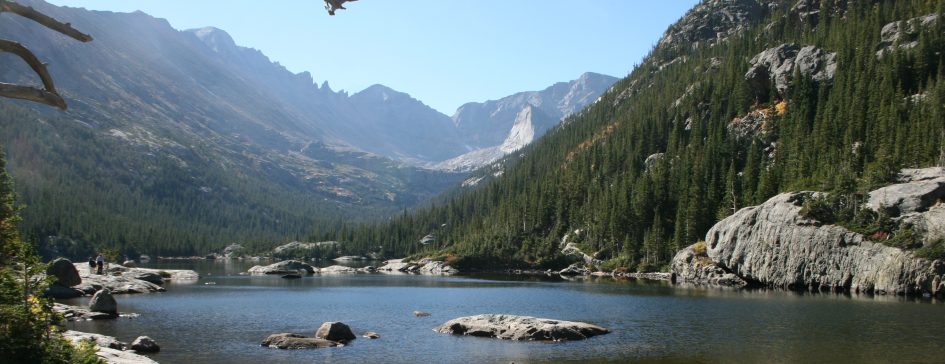Water Use – does drought really tell us anything – or do we miss just the message?
Spring is in the air, at least in some places, so it gives us a chance to take stock of where we are after the winter. Boston actually is seeing the ground after record snow. The west is seeing lots of ground, even though some areas should not be seeing ground at this point. I recall the Colorado Rockies having snow at 8000 ft a couple years ago, but not this year. Some ski resorts in western Colorado never opened. Not a good sign. Snow was 10% of normal in parts of California which means the drought will continue. 12% in Oregon and Washington is some part – not good for places that rely on snow for water supplies. So the question is whether the current drought is the start of a longer climate driven issues and/or the result of where demands have permanently exceeded supplies? And if the latter is true, conservation is one option, but has obvious financial and supply limitations since urban use is less than 12% of water total use (agriculture is 40% and power plant cooling water is 39%).
Better management is part of a toolbox, but when the supply is finite, the economics says that costs will increase, shutting out certain sectors of the economy. This is where the “market system” theory of economics fails large sectors of the population – at some point finite supplies become available only to those who can afford to pay, but water is not one of those commodities that is a luxury – we need it to survive. Certainly the argument can be made that water is underpriced, but like energy, low water prices have helped fuel economic development while improving public health. It is a chicken/egg conundrum where the argument that conservation will solve all problems is not realistic, nor is using the market or curtailing economic activity. This is where the market fails and therefore governments have a role in insuring that all sectors are treated fairly and the commodity can be provided to all those in need of it – serving the public good. The public good or public welfare argument is often lost in the political dogma of today, but our forefathers had this figured out and designed regulations to insure distribution after seeing the problems that arose in the late 19th and early 20th centuries. We have forgotten many of those lessons.
The public good or welfare does not mean unlimited distribution to areas that would otherwise be bereft of the commodity. The early engineers in Los Angeles realized that development could only continue if water was brought in. So massive water movement projects were developed. The economic benefit was the only consideration – the impacts of these changes were not considered. Likewise the Corps of Engineers was directed to drain the Everglades, but no one asked if this was a good idea or would have negative impacts. Loss of the Everglades permitted economic development that is southeast Florida – 40% of the economy of the state, but it impacted water supply and places millions are risk for future sea level rise impacts. Worse, agriculture was fostered in the upper Everglades as the federal government sold off the acreage to private interests cheaply to encourage sugar cane and winter vegetables. That agriculture is now planning to develop the Everglades if the property is not purchased by the state. But purchasing the property rights a prior error in consequences – it is likely in the public interest as an effort to restore water supplies in the Biscayne acquire that feed southeast Florida, and to increase water flows to retard saltwater migration in the southern Everglades. These are both ”sins” of the past, made with good intentions but with very little thought of consequences beyond the economic benefits. Both have resulted in water shortages in the areas they were meant to serve as climate patterns have changed.
The question is whether we continue to make these mistakes. Development in desert areas, areas known to be water poor, and deepening wells to get groundwater supplies who’s levels continue to decline are all poor long-term decision, despite the short-term potential gains. California farmers continue to deepening wells but those aquifers have a limit in depth. Deepening wells means those wells do not recharge (otherwise the aquifer levels would not continually decline). What happens when the wells run dry permanently? Clearly the sustainability criteria is not met.
Meanwhile lower aquifer can divert surface waters into the ground – not enough for full recharge, but perhaps enough to impact surface water flows to other farmers, potable water users, and ecosystems. Droughts are climate driven- and we have persevered droughts before, and will again. However in light of the California drought, perhaps we should all assess more closely the long-term trends – lowering groundwater, increasing demands, lessening availability and make better decisions on water use – not only in California but in many parts of the US and the world. Changing water use patterns is great, but it is just part of a larger issue — do we need to change our current behaviors – in this case water use – in certain areas? Are there just places we should not develop? Is there a limit to water withdrawals? And how do we deal with the economic losses that will come? All great question – but do we have the leadership in place to make the hard decisions?
